
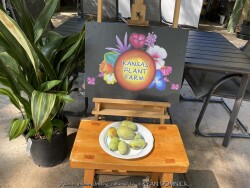
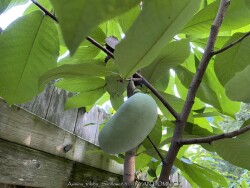
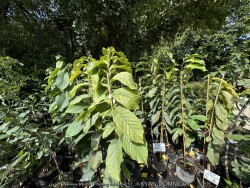
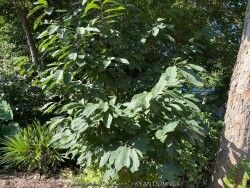
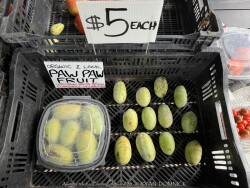
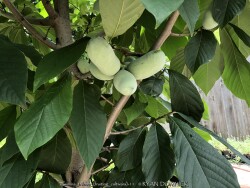
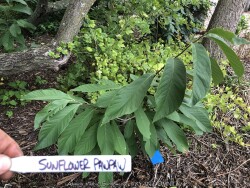

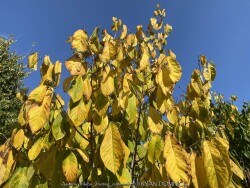

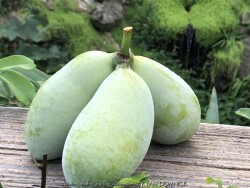
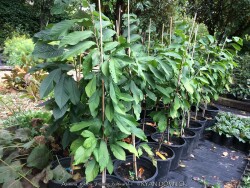
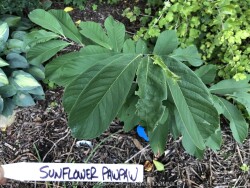
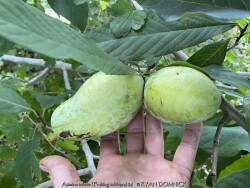
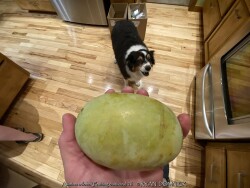
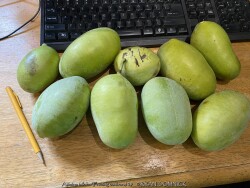

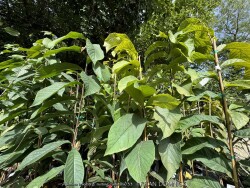
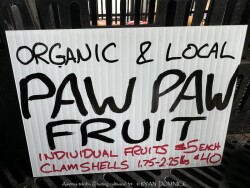
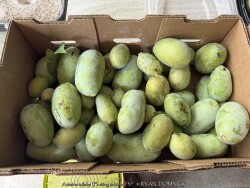
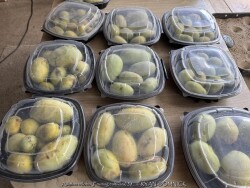
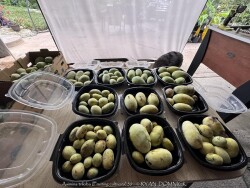
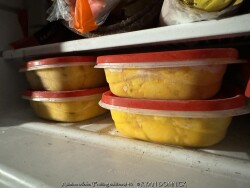
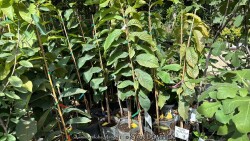
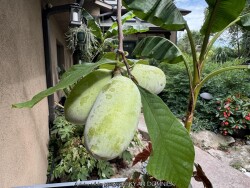
Plant Min Zone: 4b
Plant Max Zone: 9a
Sunlight: Full Sun, Part Sun, Shade
Water / Rainfall: Average, High, Very High
Soil Quality: Rich
Bloom Season: Spring
Flower Color: Maroon
Berry / Fruit Color: Yellowish Green
Spring Foliage Color: Green
Summer Foliage Color: Green
Fall Foliage Color: Yellow
Evergreen Foliage: No
Winter Interest: No
Scented Flowers: No
Drought Tolerance: Low
Wet-Feet Tolerance: Medium, High
Humidity Tolerance: High
Wind Tolerance: Low, Medium
Poor Soil Tolerance: No Extreme Soils
Height: 10' - 20'
Width: 10' - 15'
Growth Rate: Slow, Medium
Service Life: Tree: Service life varies
Maintenance Need: Low
Spreading Potential: N.A.
Yearly Trimming Tips: Selectively Prune into Small Tree Shape over Period of Many Years.
Plant Grouping Size: Specimen Planting of 1-3, Small Grouping of 3-5
Best Side of House: East Exposure, North Exposure
Extreme Planting Locations: Tolerates Damp Full Shade, Base of Retaining Wall Locations
Ornamental Features: Multiple Seasons of Interest, Easy to Eat Edibles, Large Tropical Foliage / Flowers, Exceptional / Colorful Foliage
Special Landscape Uses: Naturalizing
Possible Pest Problems: Occasional Problems
Plant Limitations: Needs Regular Irrigation, Slow to Reach Mature Size, Late to Emerge or Leaf Out in Spring
Shippable in 2026: YES
Paw Paw (Asimina triloba) is a tropical looking native understory fruit tree with large green leaves and delicious fruits. Flowers are born on old wood in the early spring and the maroon color is common of flowers meant to attract flies for pollination. Foliage is up to 12 inches long and turns a brilliant yellow in autumn for a couple weeks before falling. If cross pollination occurs, delicious fruits are produced in small clusters. The texture is custard like and taste is a mix between banana, mango, and hint of pineapple. Fruit is very fragile upon ripening and will fall to the ground and splat or be quickly devoured by animals. It is suggested that you put fruit nets around the clusters of fruit or harvest a few days earlier and allow to ripen inside. Fruit is rarely commercially available due to its fragility and short shelf-life. Cleaned fruit may be peeled frozen with seed intact: they can be picked out much easier when thawed out again Paw Paw may be eaten fresh, baked into desserts, or made into ice cream. Paw Paw is native to a large geographical area over eastern United States including Kansas. In the wild, Paw Paw grows in moist rich forest valleys in full to part shade. Best fruiting specimens can also be found on the edge of woodland or clearing in rich soil. Paw Paw tree colonies slowly spread by rhizomes and seem to occupy the forest understory sometimes for decades or centuries waiting for an opening to allow sunlight in. If a large canopy tree (such as an oak) dies or wind storm rolls through clearing a patch, new sunlight and an opening in the canopy occurs paving the way for sexual reproduction to take place (fruits) Paw Paw is somewhat tolerant of poorly drained soil's including clay but growth will be much slower. Interestingly, Paw Paws will tolerate and even need full sun when older to produce fruit. However, young saplings will quickly die in full sun from leaf burn and drought stress. If a tree is at least 4 to 6 tall and is planted in rich soil and full sun with regular irrigation, it will probably be fine. With these growing conditions, trees may grow at a median growth rate instead of slow, putting up 1 to 2 feet of new growth per year. If you have the right conditions for a Paw Paw tree, it should definitely be a part of your landscape whether you are growing for fruit production or not. There are dozens on improved cultivars available now days. In our Lawrence, KS display gardens, we are trialing several of these improved fruiting cultivars from Forrest Keeling Nursery in Missouri. Asimina triloba 'Sunflower' is a well-known, hardy selection originally from Chanute, Kansas. It ripens later than other varieties with large, flavorful fruit and is at lease partially self-fertile. Fruit has been described as tasting of mango, apricot, pineapple, banana and vanilla.